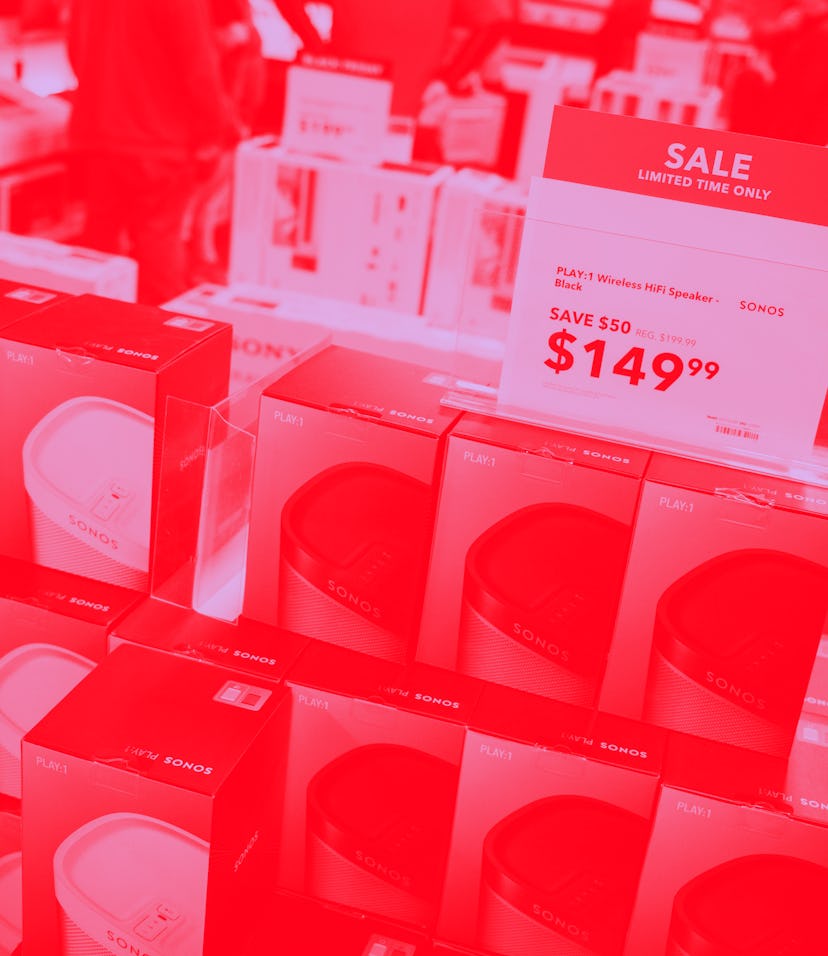Tech
Sonos shuts down software updates for 'legacy' devices
The unstoppable march of progress claims new victims as Sonos ends updates for older products, and forces systems with those products in use into software stasis.

Sonos has announced that come May 2020, a number of its older products will no longer receive software updates. That’s fair enough, especially considering some of the devices were introduced as far back as 2005. What’s likely to raise the hackles of affected Sonos customers, though, is that should they choose to continue using their legacy products, they won’t be able to get updates for their contemporary ones.
The reason this is the case is that a multi-speaker Sonos system requires all devices to operate on the same software and older products “do not have enough memory or processing power to sustain future innovation.” Thus, as Sonos explains in an email to customers, “If modern products remain connected to legacy products after May, they also will not receive software updates and new features.”
You won’t see changes at first — Sonos says it doesn’t expect “any immediate impact from ending software updates,” but warns that “As changes are made to technology in the future, particularly by music service and voice partners, access to certain services or features may be disrupted.”
So if, for instance, a Sonos partner puts out an update that isn’t backward compatible with older hardware, users with legacy gear won’t be able to get the update.
What’s affected? — Those products deemed legacy include: the Sonos Bridge, Connect, Connect:Amp, CR200, Play:5 (Gen1), ZP80, ZP90, ZP100, and ZP120.
What can you do? — If the prospect of a handicapped Sonos system fills you with terror, you can claim a 30 percent discount on new gear to replace your legacy devices (devices, we should point out, which currently work and sound just fine). This kind of "future innovation" update is precisely the situation Sonos outlined as the reason it was using software to brick perfectly good hardware as part of its upgrade program. But it’s something, and it definitely beats getting no discount at all. The company is essentially forcing consumers to make a decision on whether potential new additions to its software suite are worth the price of entry on recently released products — and setting a precedent that whatever you buy right now won't be around for the long haul.